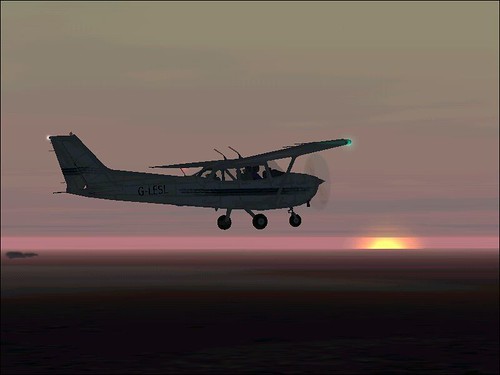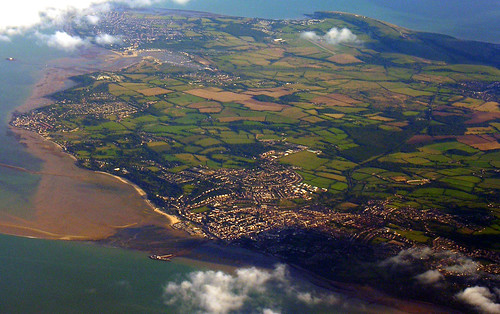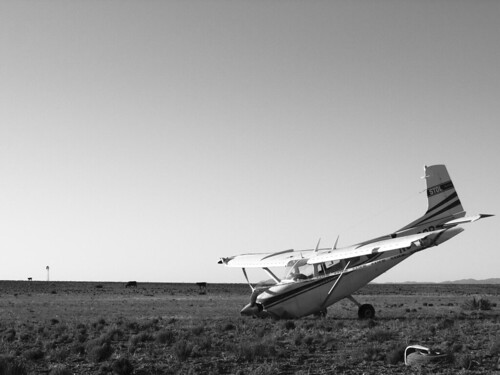What is carb ice: Carb ice is a phenomenon caused by cold air forming ice in the intake of your engine's carburettor. If enough ice is present it can completely cut off the air to the engine thereby causing your engine to stop (We'll go into why this happens later)
What removes it: Propeller engines have a function known as Carb Heat. This, basically, takes warm air from the exhaust and pipes it directly into the engine air intake. This has two effects
1) It removes any ice particles that are present and allows them to be ingested into the engine where they cause no harm
2) It provides warmer air to the engine which reduces it's effectiveness (it's a result of one of the laws of physics related to air pressure and temperature). This is why carb heat is not "always on".
When to use carb heat: Surprisingly enough carb icing can occur at any time of the year in just about any weather. All that are needed are two ingredients:
a) Moisture
b) A drop in temperature enough to freeze the moisture
Obviously in winter the problem is more obvious, but consider this: In a normal airplane engine intake the Venturi effect - whereby the air speeds up through the narrow intake causing a pressure change - can cause the ambient air temperature to drop by as much as 30 degrees centigrade. Given that the average summer time temperature for the UK is about 24 degrees you can see how carb ice can occur.
The most likely candidate for carb icing is on a warm summers day with good humidity when the pilot reduces power to descend from a cruise. Why?
It is caused by a combination of the sudden temperature drop due to fuel vaporisation and pressure reduction as the mixture passes through the carburettor venturi and past the throttle valve. In other words when you cut the throttle back to lose altitude it produces the two conditions needed for icing - The fuel vaporises and cools the air, and pressure in the venturi drops at the same time. If the temperature drops below the dew point then any moisture in the air will form water. If the temperature drops below the freezing point then this water will freeze.
There are many cases when carb ice should be used and the CAA safety sense leaflet Piston Engine Icing covers the cases in detail. But two points I will make as general tips:
1) Be liberal about applying carb heat before reducing power (don't be afraid to use it).
2) Don't keep carb heat on continuously (it uses air warmed on the exhaust and bypasses the air filter in doing so. This can ingest unwanted things into your engine!)
What removes it: Propeller engines have a function known as Carb Heat. This, basically, takes warm air from the exhaust and pipes it directly into the engine air intake. This has two effects
1) It removes any ice particles that are present and allows them to be ingested into the engine where they cause no harm
2) It provides warmer air to the engine which reduces it's effectiveness (it's a result of one of the laws of physics related to air pressure and temperature). This is why carb heat is not "always on".
When to use carb heat: Surprisingly enough carb icing can occur at any time of the year in just about any weather. All that are needed are two ingredients:
a) Moisture
b) A drop in temperature enough to freeze the moisture
Obviously in winter the problem is more obvious, but consider this: In a normal airplane engine intake the Venturi effect - whereby the air speeds up through the narrow intake causing a pressure change - can cause the ambient air temperature to drop by as much as 30 degrees centigrade. Given that the average summer time temperature for the UK is about 24 degrees you can see how carb ice can occur.
The most likely candidate for carb icing is on a warm summers day with good humidity when the pilot reduces power to descend from a cruise. Why?
It is caused by a combination of the sudden temperature drop due to fuel vaporisation and pressure reduction as the mixture passes through the carburettor venturi and past the throttle valve. In other words when you cut the throttle back to lose altitude it produces the two conditions needed for icing - The fuel vaporises and cools the air, and pressure in the venturi drops at the same time. If the temperature drops below the dew point then any moisture in the air will form water. If the temperature drops below the freezing point then this water will freeze.
There are many cases when carb ice should be used and the CAA safety sense leaflet Piston Engine Icing covers the cases in detail. But two points I will make as general tips:
1) Be liberal about applying carb heat before reducing power (don't be afraid to use it).
2) Don't keep carb heat on continuously (it uses air warmed on the exhaust and bypasses the air filter in doing so. This can ingest unwanted things into your engine!)




